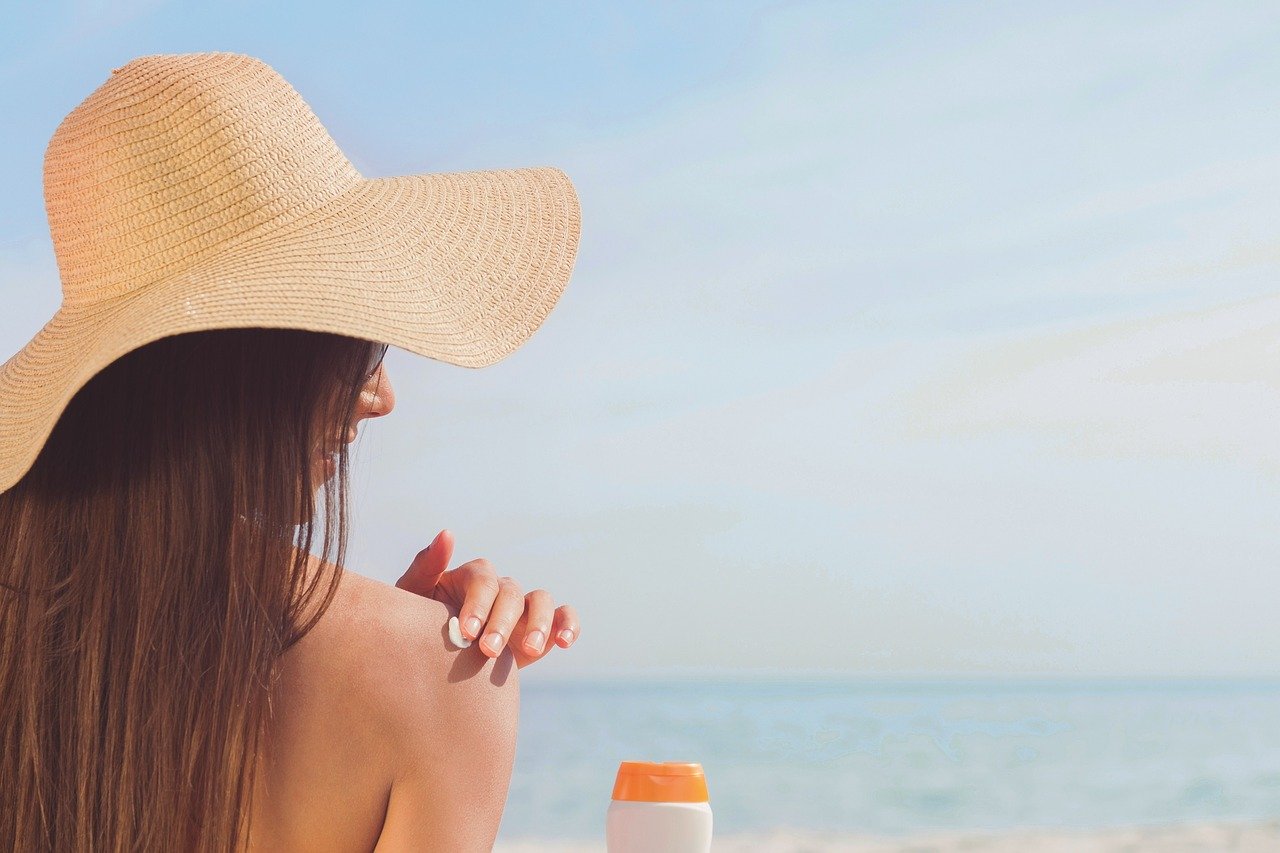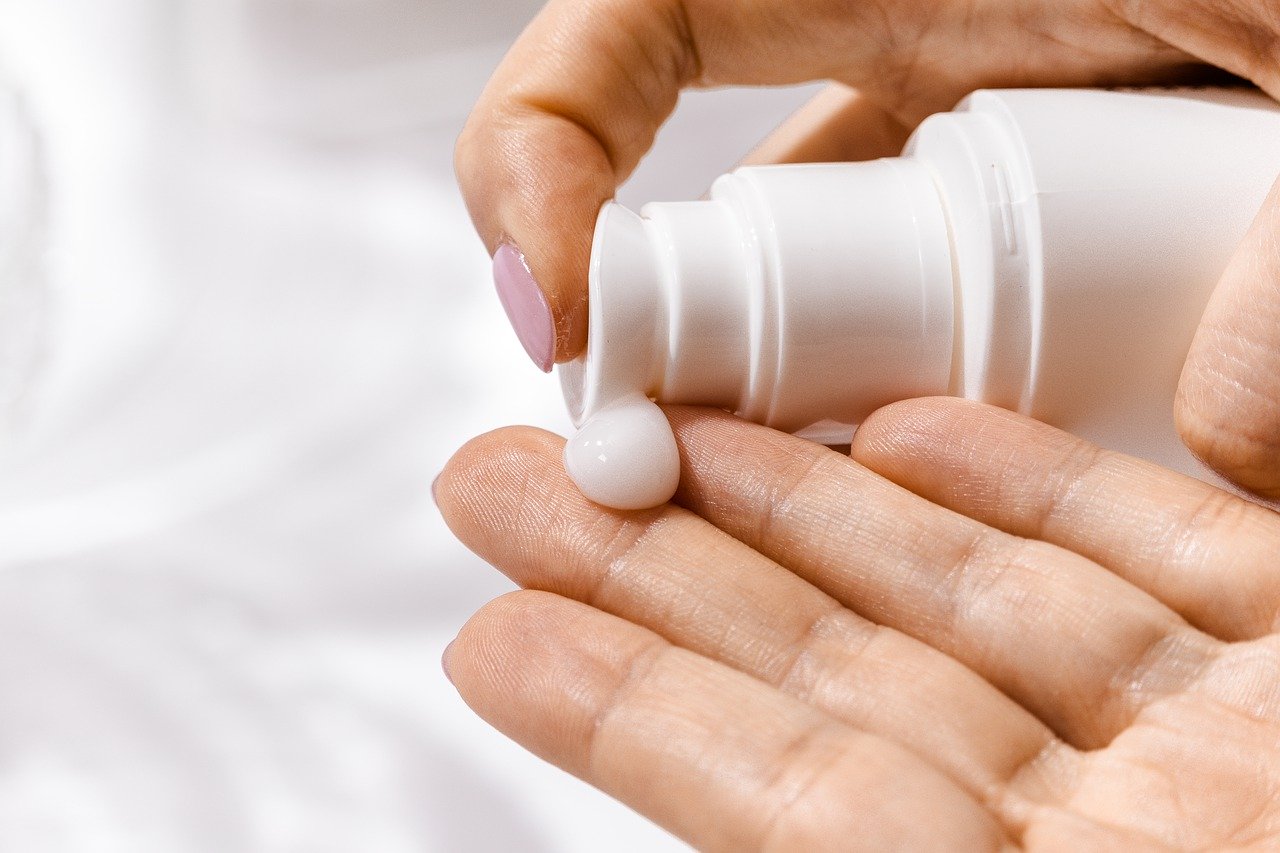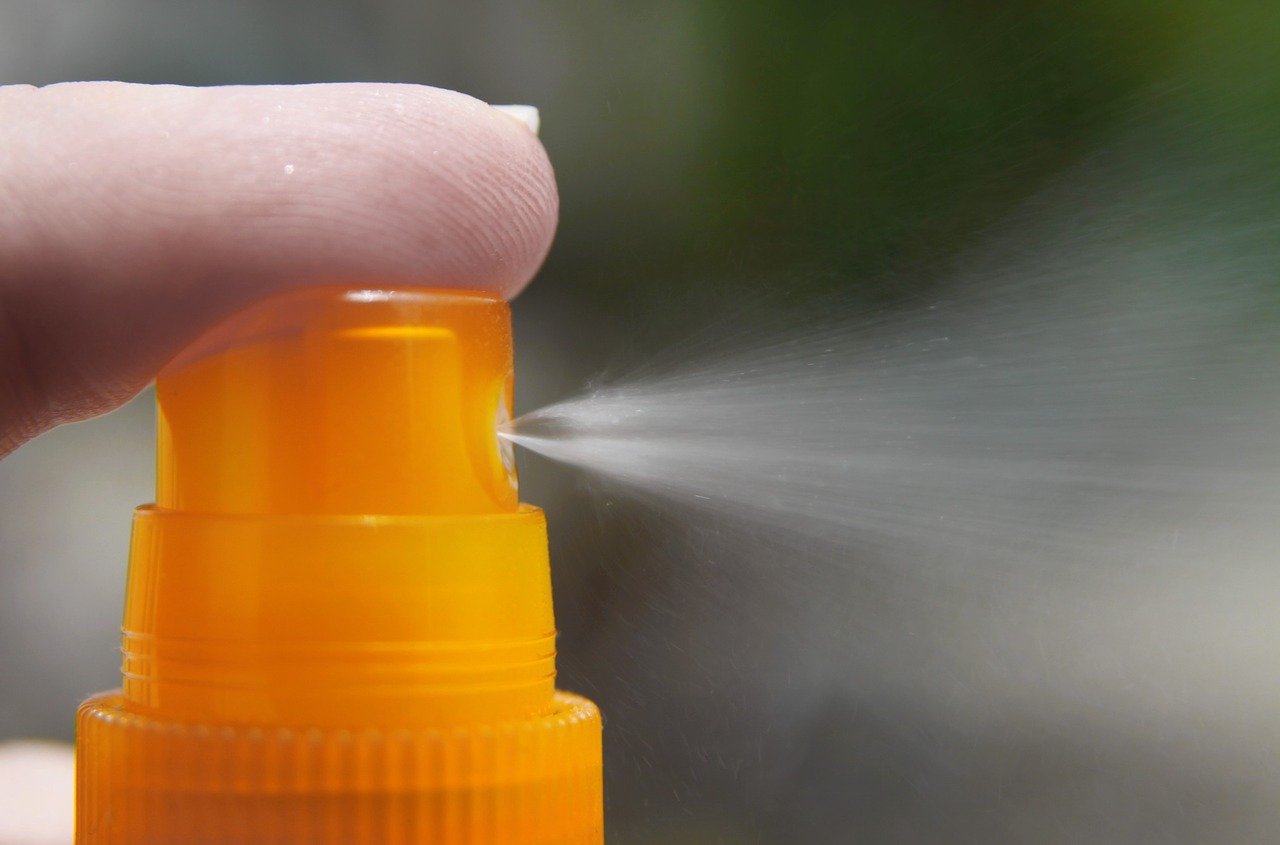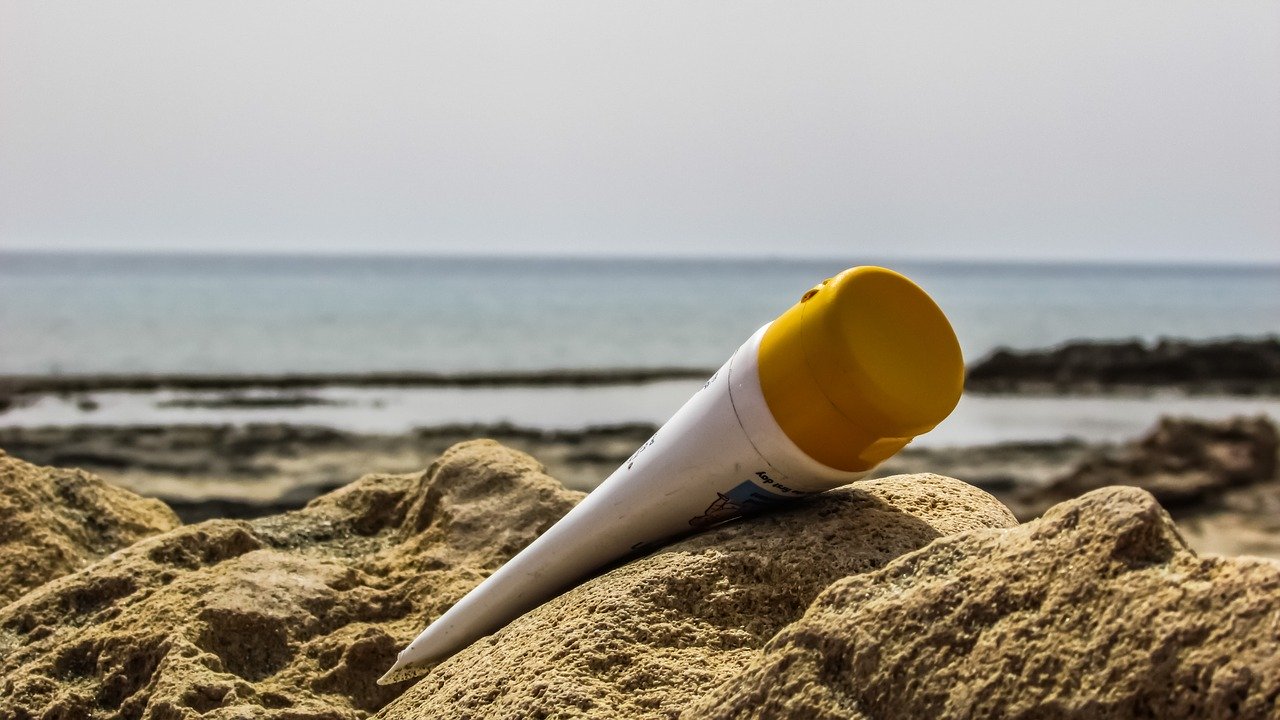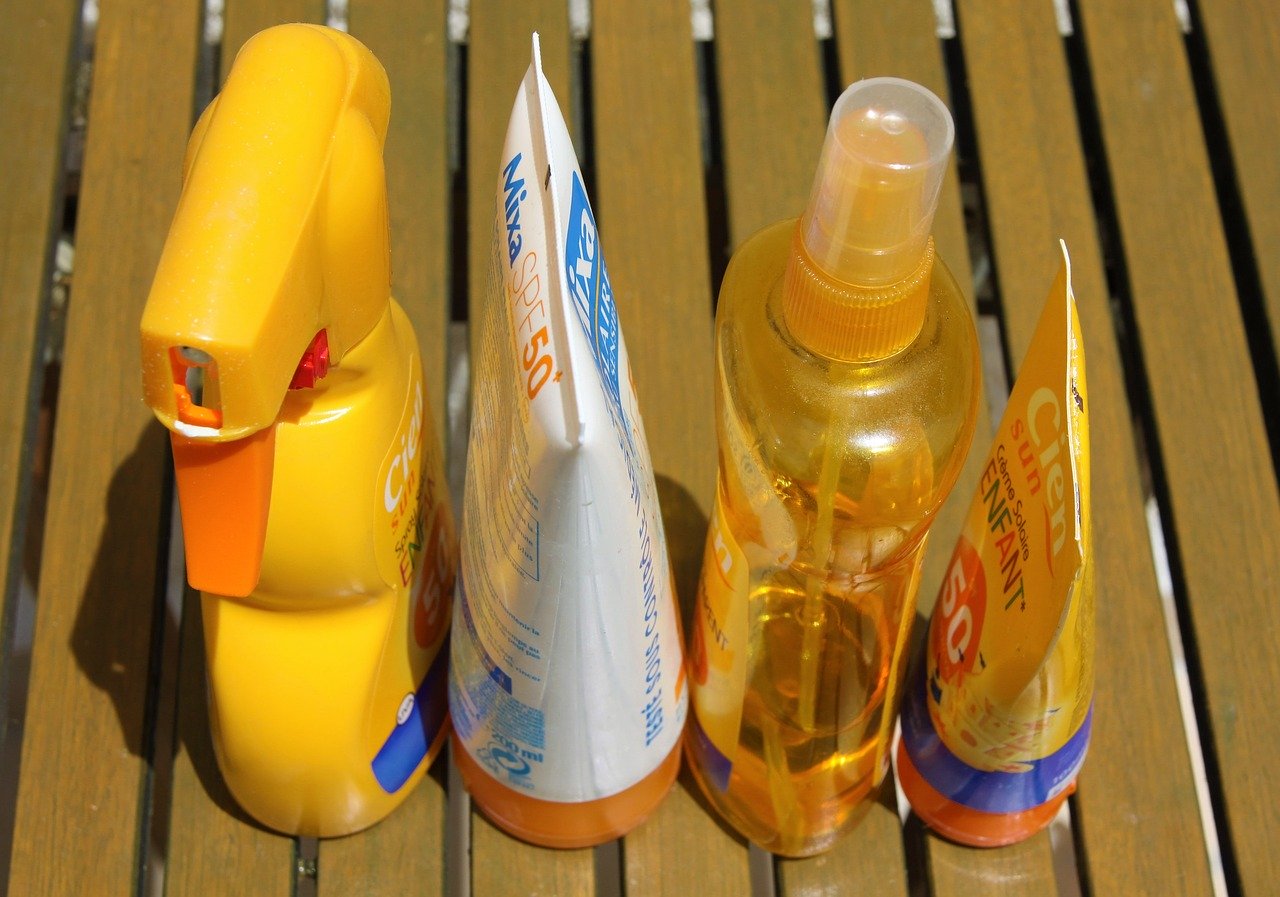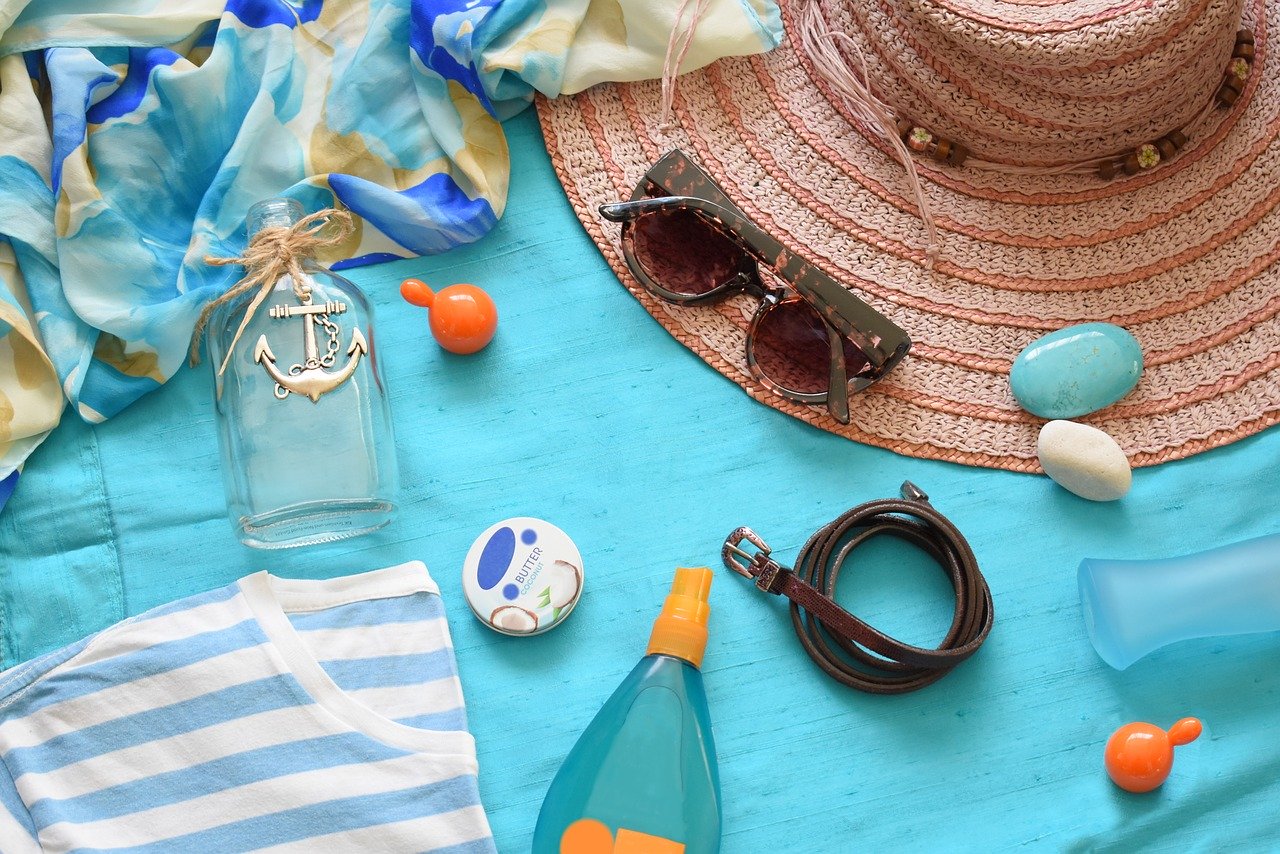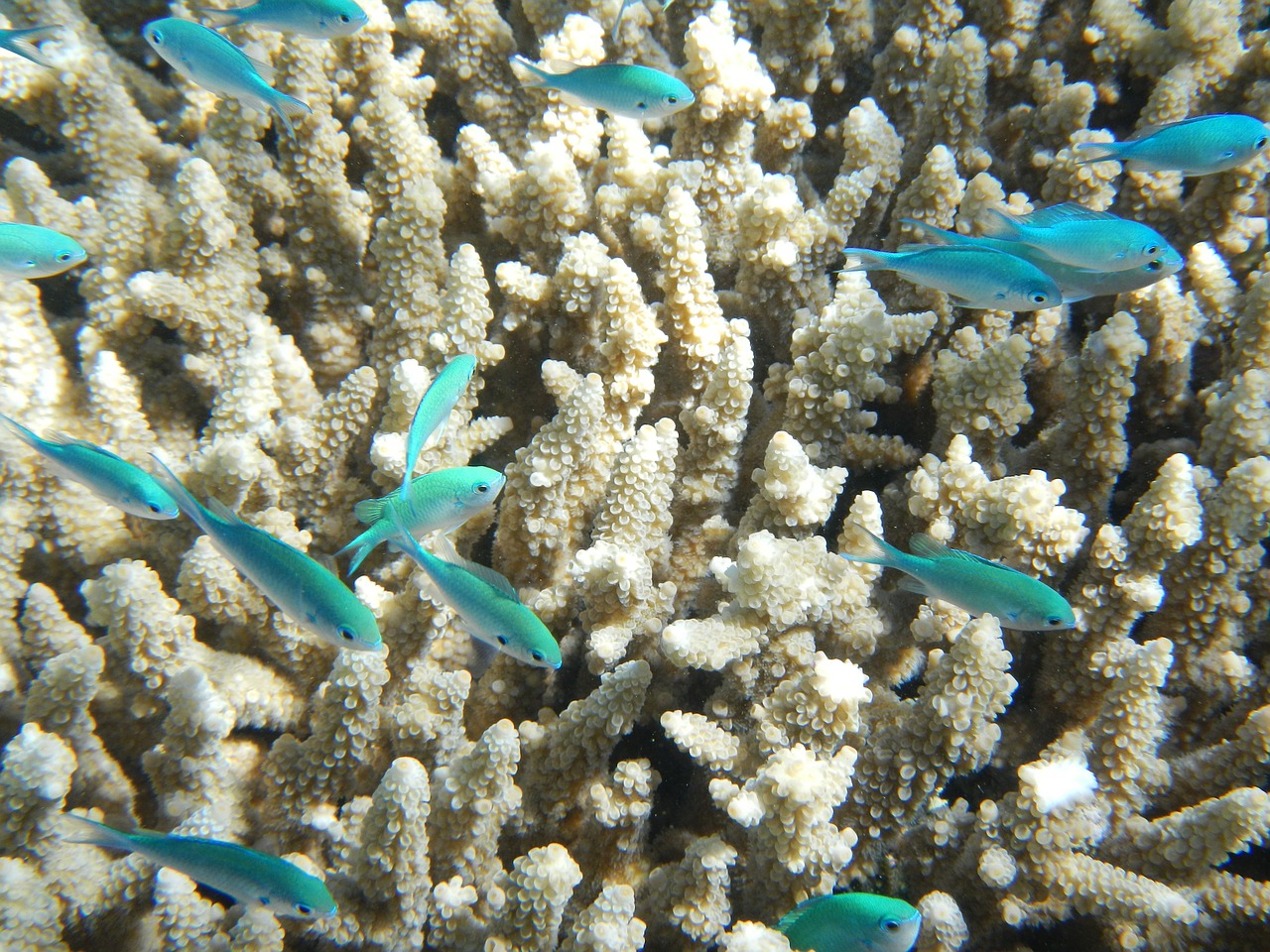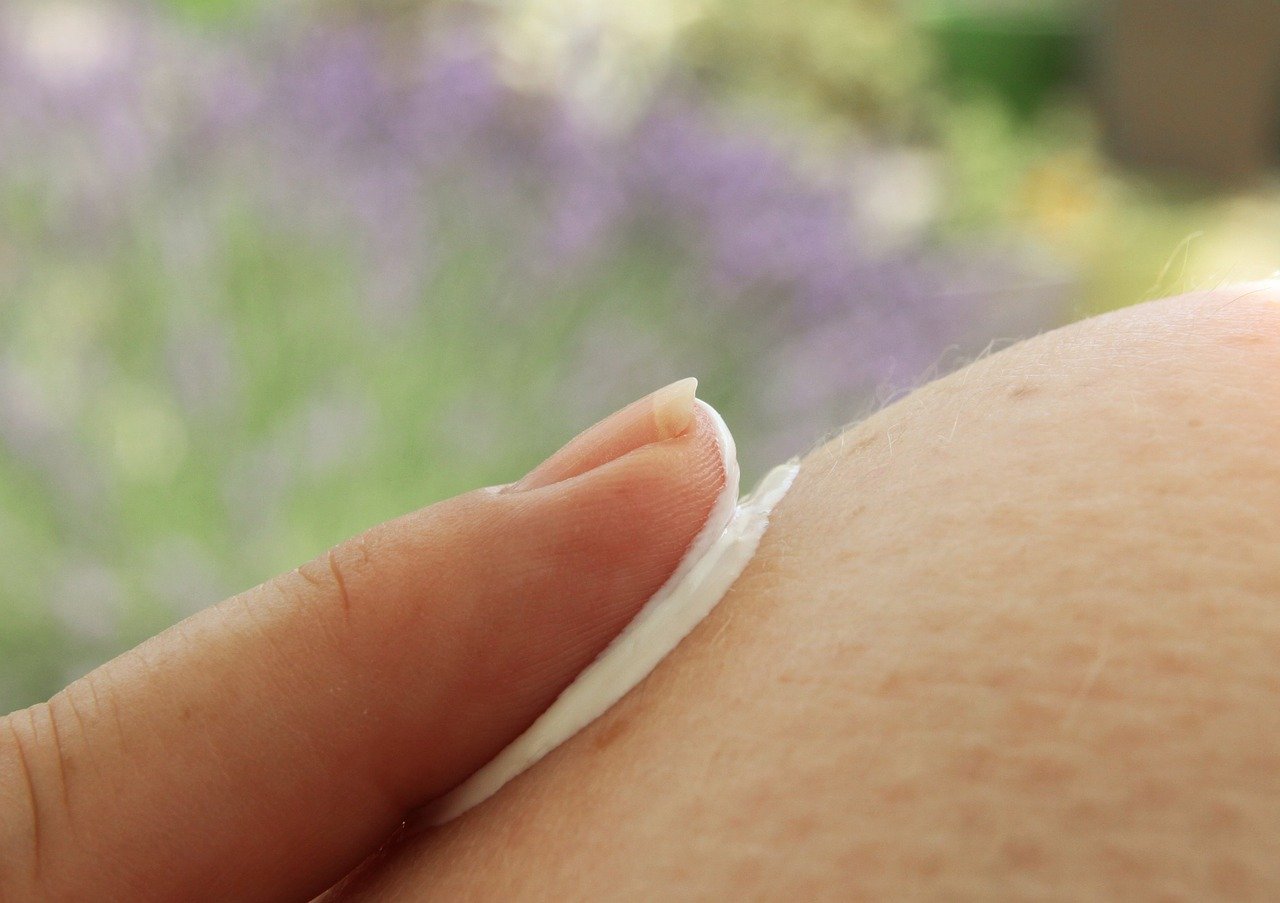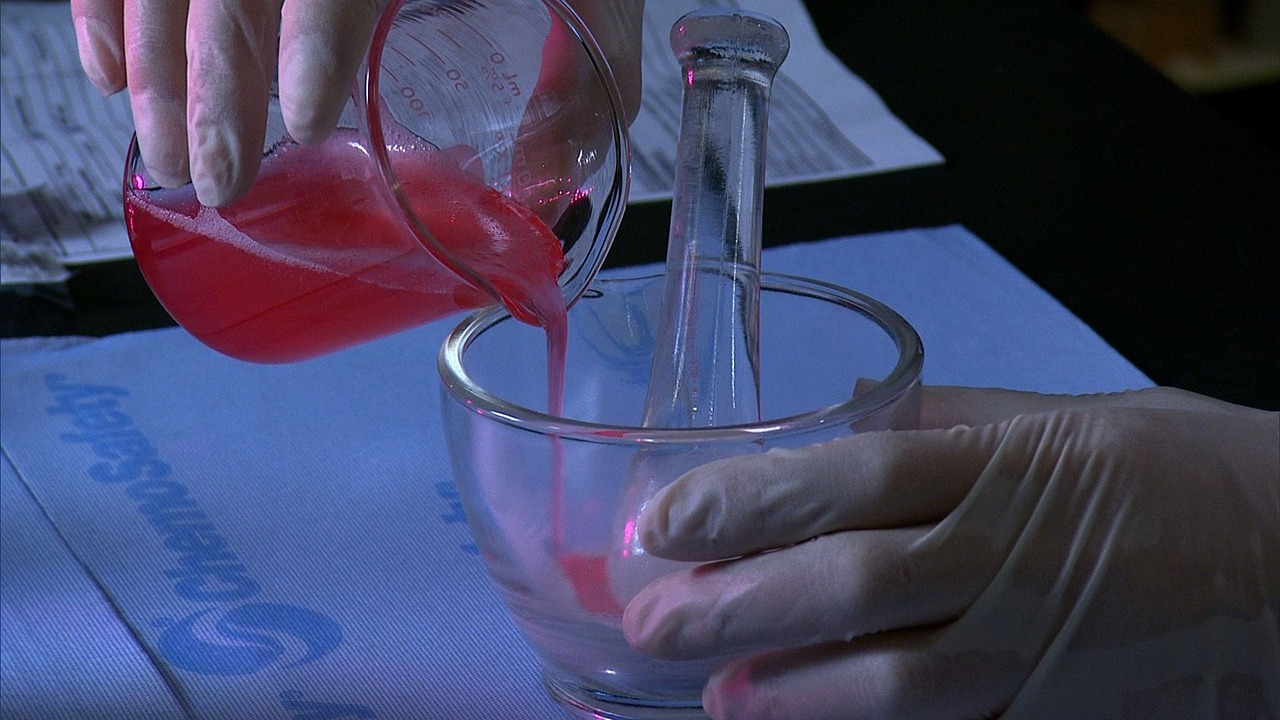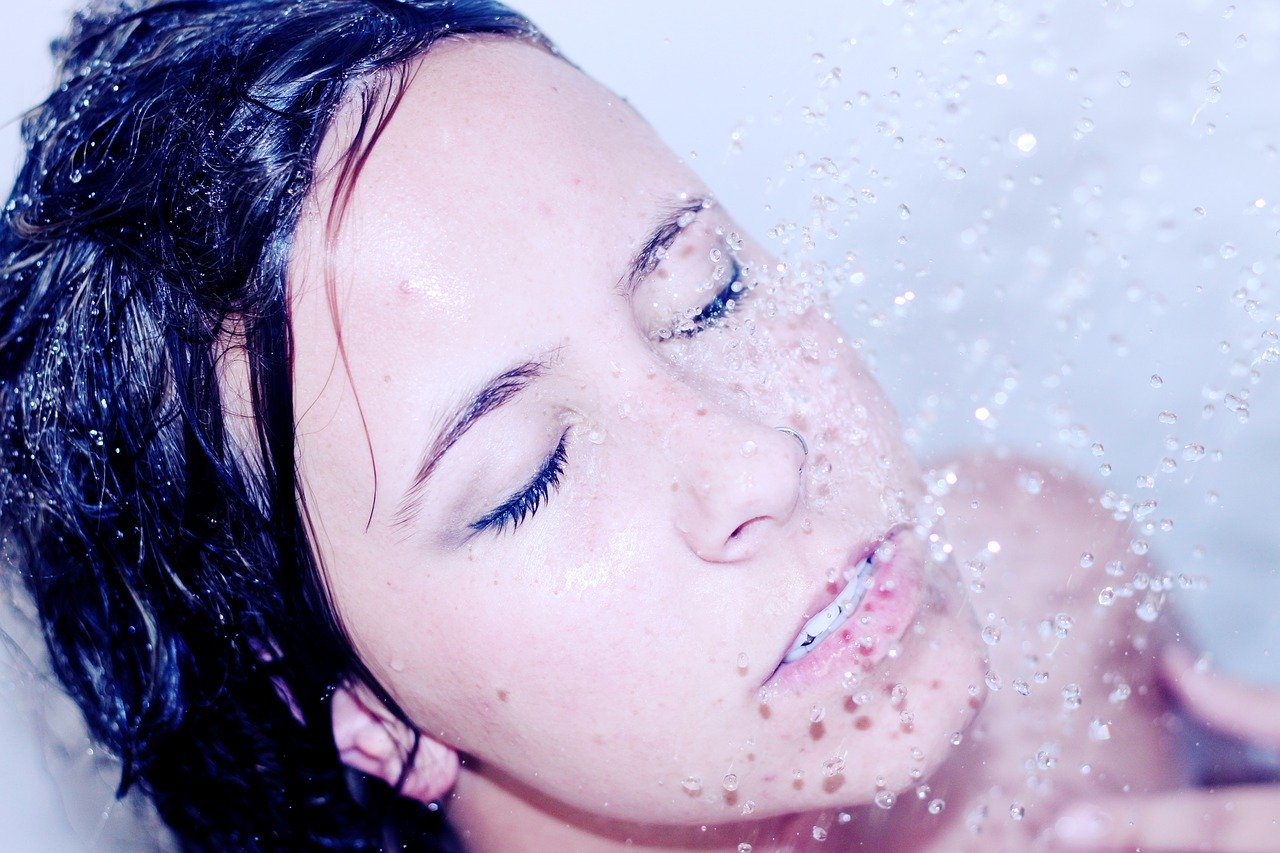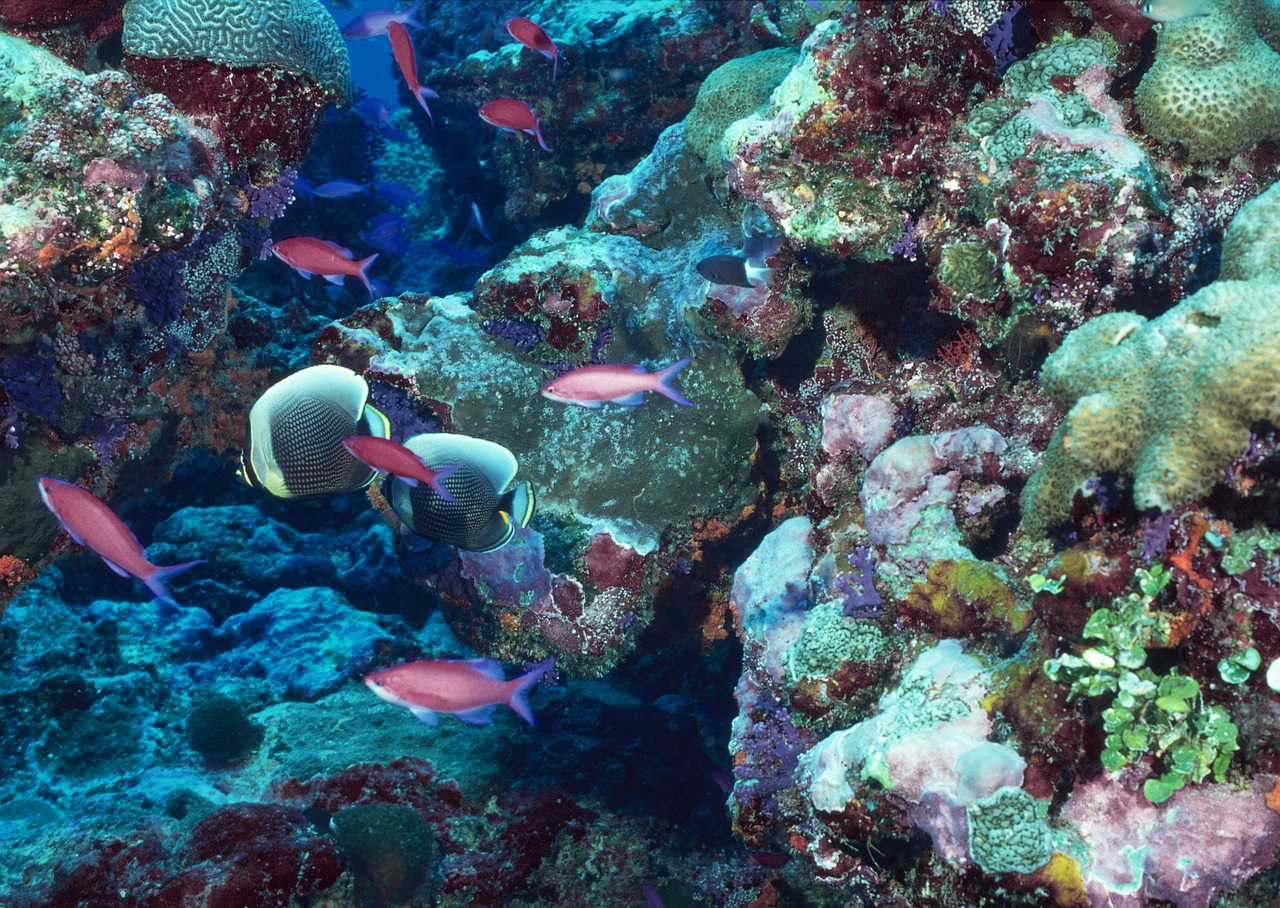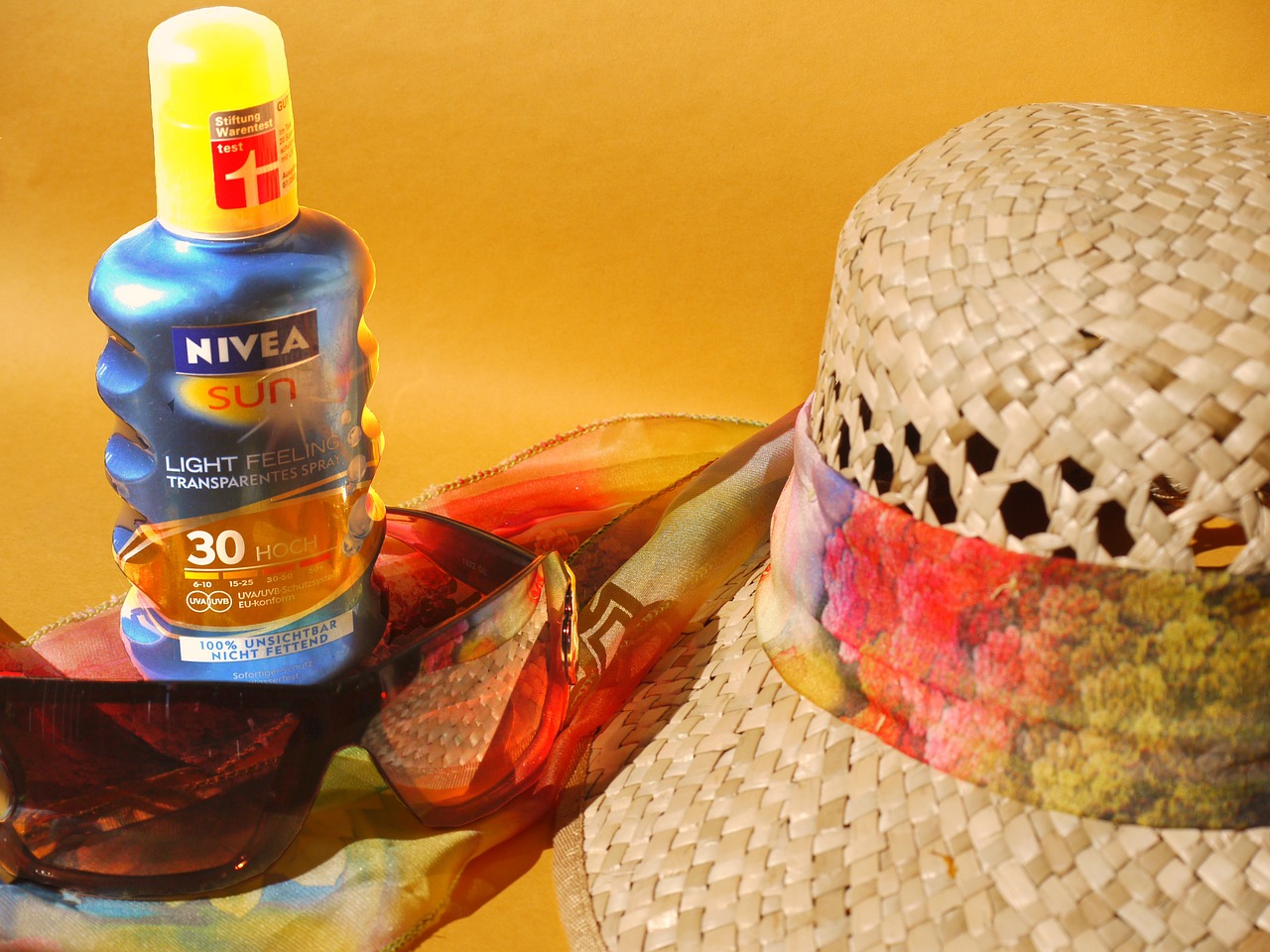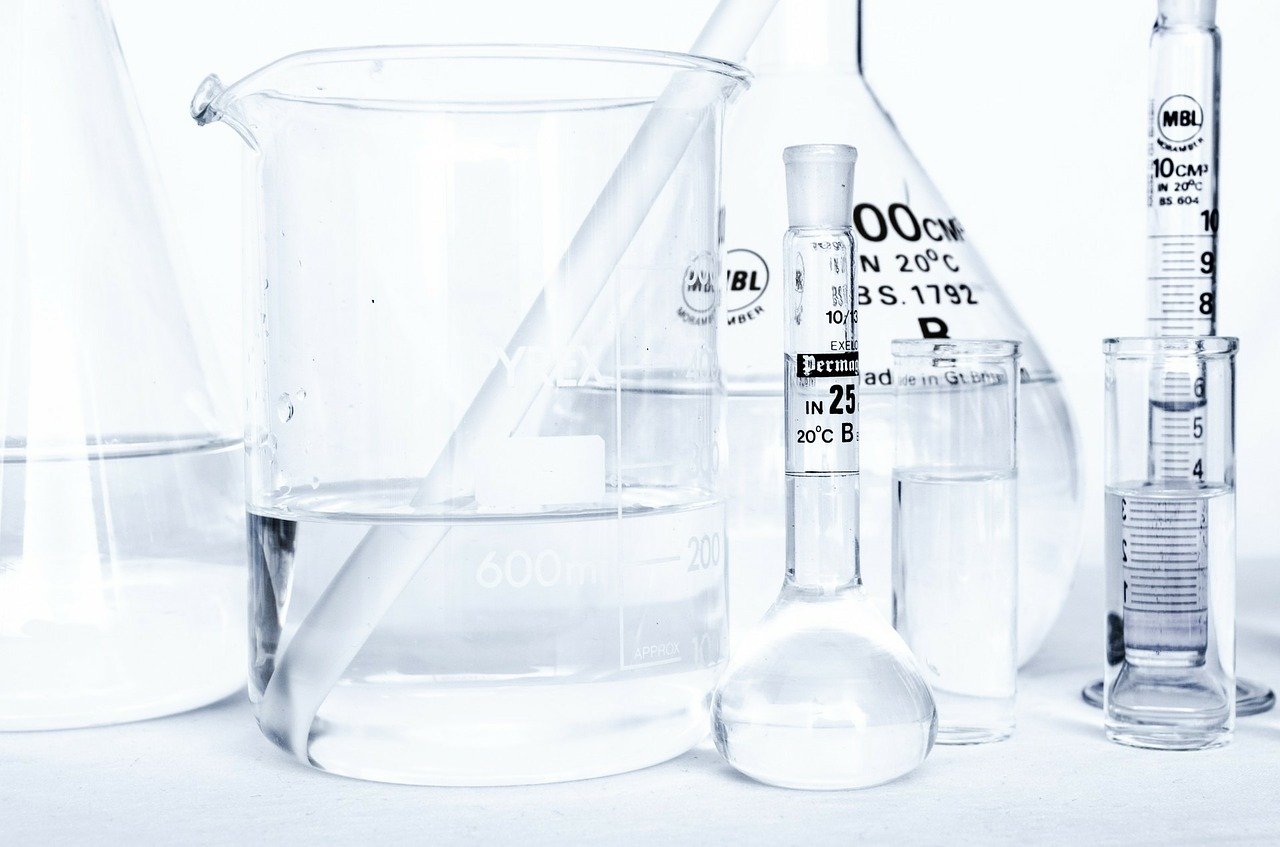In May 2019 researchers from the UK, Poland and Denmark published the results of their study to assess the impact of sunscreens on vitamin D levels. Sunlight contains both UVA … Read more
Whilst acknowledging the environmental impact of sunscreens, dermatologists have a duty to continue emphasizing the public health impact of excessive sun exposure and give advice about appropriate protection from the sun, including applying appropriate sunscreens
In January 2019 researchers from the USA published their review on the environmental effects of oxybenzone and other sunscreen active ingredients. The use of sunscreens has increased in line with … Read more
Oxybenzone
Oxybenzone is known by many names including (2-Hydroxy-4-methoxyphenyl)-phenylmethanone, benzophenone-3, and 2-Hydroxy-4-methoxybenzophenone. It may be found in sunscreens, facial moisturizers, lip balm, lipstick, anti-aging creams, hair conditioners, hair spray, nail polish … Read more
Octocrylene
Octocrylene is known by many names including 2-Ethylhexyl 2-cyano-3,3-diphenyl-2-propenoate, 2-Ethylhexyl 2-cyano-3,3-diphenylacrylate, UV Absorber-3, 2-Propenoic acid,2-cyano-3,3-diphenyl-,2-ethylhexyl ester and octocrilene and is found in many cosmetic products including sunscreen, lip balm, face … Read more
Octinoxate
Octinoxate is known by many names including octyl methoxycinnamate, ethylhexylmethoxy cinnamate, escalol, neo heliopan, etc and is found in many skin and cosmetic products, including makeup foundation, hair dye, shampoo, … Read more
Although there is a gradual accumulation of octinoxate and octocrylene in coral, other ingredients in sunscreen products appear to increase the degree and rate of absorption and exacerbate the toxicity of sunscreen products
In February 2019 researchers from Hong Kong, China and Taiwan published the results of their study to assess the effect of 7-day exposures to two of the organic ultraviolet filters … Read more
Will the protection of coral reefs result in an increase in human skin cancers?
In February 2019 researchers from the USA published their review of the reasons why Hawaii have recently banned two major ingredients, oxybenzone and octinoxate, found in the majority of commonly … Read more
Examine all available evidence before making decisions on sunscreen ingredient bans
In July 2019 researchers from the USA published their scientific article on coral bleaching. They stated that coral bleaching is a worldwide problem and more needs to be done to … Read more
Oxybenzone, found in sunscreens, may be associated with contact and photocontact allergy reactions and Hirschsprung’s disease, as well as producing a variety of toxic reactions in coral and fish ranging from reef bleaching to mortality
In February 2018 researchers from from the USA published their review on the chemical oxybenzone (also known as Benzophenone-3) which is an emerging human and environmental contaminant used in sunscreens … Read more
An analysis of Pininterest reveals that over 68% of the recommended recipes for homemade sunscreens offer insufficient ultraviolet radiation protection
In May 2019 researchers from the USA published the results of their study to assess homemade sunscreens on social media, specifically Pinterest, which has over 175 million users. Recent interest … Read more
Using a cleansing oil appears to be the most effective method of removing either a non-waterproof or a waterproof sunscreen from the body
In June 2019 researchers from China assessed different cleaning methods for removing sunscreen. A total of 20 individuals were included in the study. Each individual applied either a non-waterproof sunscreen … Read more
Sunscreen products are a significant source of metals and inorganic nutrients in coastal waters and are having a serious effect on marine ecology which must not be ignored
In August 2019 researchers from Spain published the results of their study to assess the release rate of dissolved trace metals (aluminium, cadmium, copper, cobalt, manganese, molybdenum, nickel, lead and … Read more
Use of several personal care products appear to increase blood glucose levels in the late second trimester of pregnancy which may increase the risk of gestational diabetes
In August 2019 researchers from the USA published the results of their study to assess the association between the use of personal care products during pregnancy and late pregnancy glucose … Read more
Sunscreen use for daily and recreational photoprotection does not appear to compromise vitamin D levels, even when applied under optimal conditions
In May 2019 researchers from France, Belgium, USA, Brazil, Germany, Australia, Senegal and the UK published their review of the medical scientific literature to assess the association between vitamin D … Read more
Phthalates have been found in urine samples of couples undergoing in vivo fertilization treatment
In April 2019 researchers from Saudi Arabia published the results of their study to assess the effect of phthalate exposure in individuals undergoing in vitro fertilization. Phthalates are chemicals used … Read more
Vulnerable individuals, such as those with autism or autism spectrum disorders, can be profoundly, adversely, and disproportionately affected by exposure to fragranced consumer products
In October 2018 researchers from Australia and the USA published the results of their study to assess the effect of fragranced consumer products, such as cleaning supplies, air fresheners, and … Read more
Women wearing tight-fitting jeans or trousers, or removing hair from the pubic area appear to have an increased risk of vulvodynia
In April 2018 researchers from the USA published the results of their study to assess the effect of personal hygiene routines on the risk of vulvodynia, a condition characterized by … Read more
Researchers call for academia, consultancy firms, governmental organizations, and cosmetic companies to provide up to date information to consumers regarding the possible health-related side-effects of cosmetics
In March 2019 researchers from China and Mexico published their overview on the use of toxic substances in cosmetic formulations. Currently an increasing number of compounds are being used in … Read more
Hydroquinone-containing personal care products appear to give false blood glucose level readings
In April 2018 researchers from Belgium and France published the results of their study to assess the reliability of blood glucose measurements when body lotions are used. 12 adult individuals … Read more
When using a hydroquinone-containing cream, a minimum of two hand washings is required prior to measuring blood glucose levels to avoid the possibility of false readings
In August 2018 researchers from France and South Africa published the results of their study to assess the technical and clinical impact of hydroquinone-containing creams on blood glucose levels and … Read more

